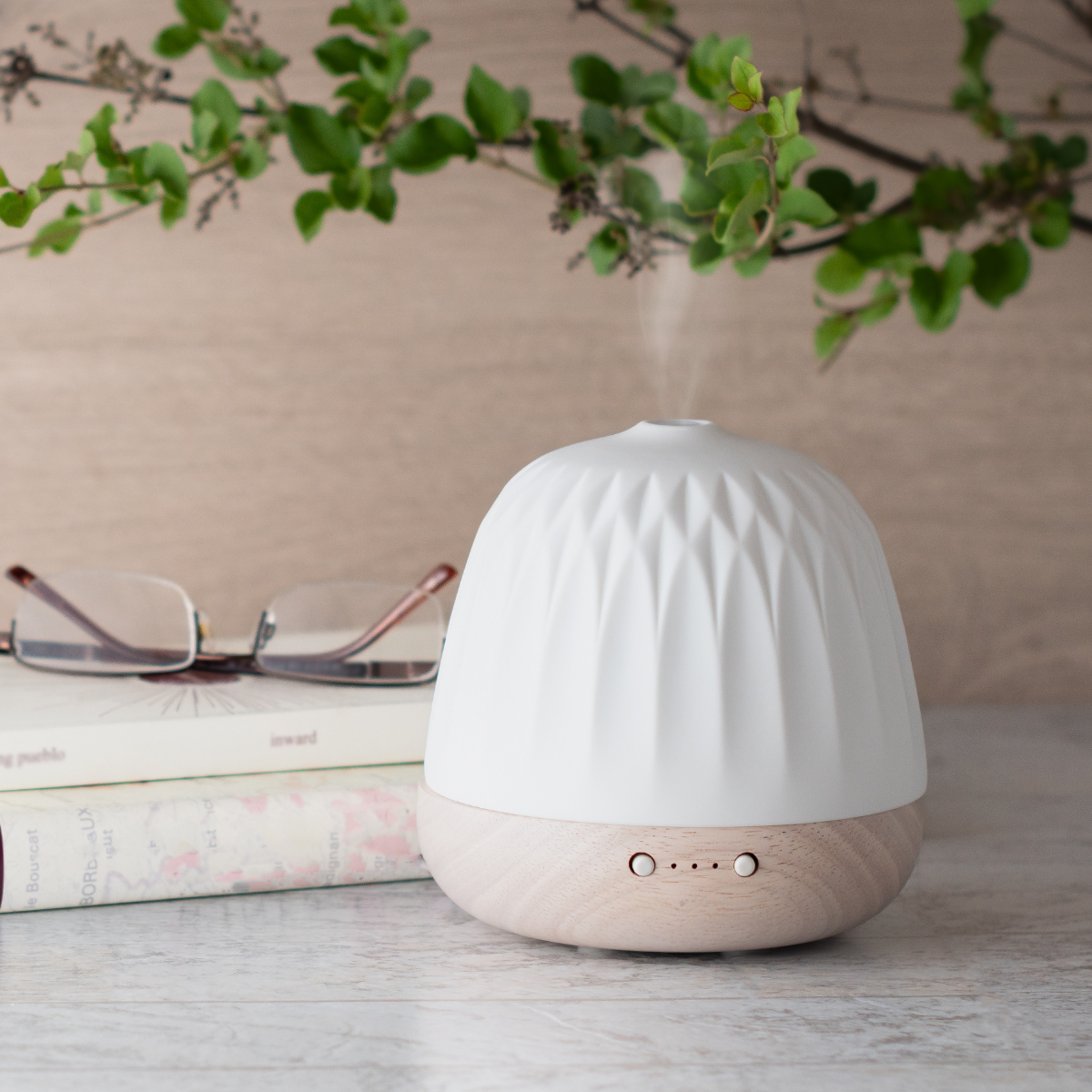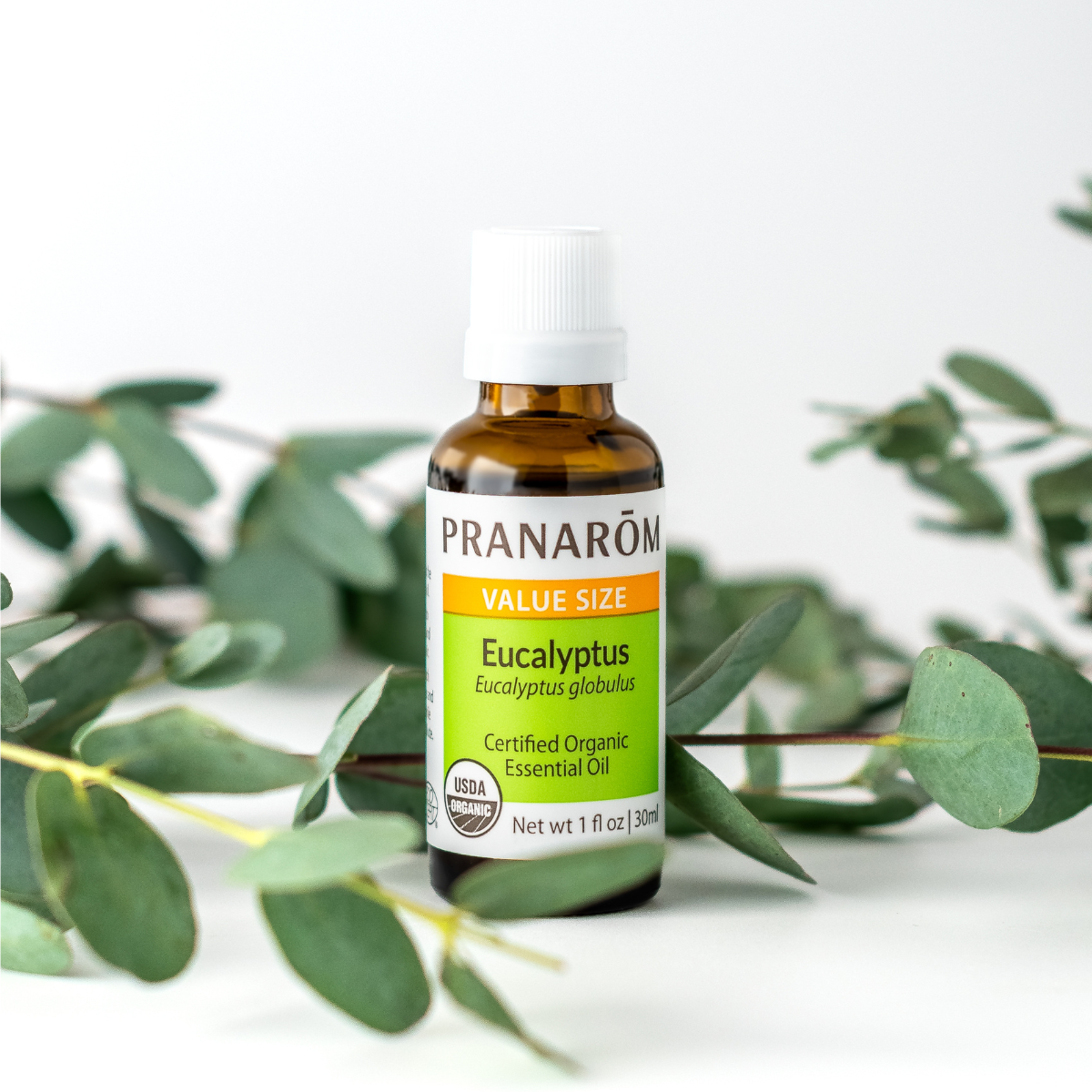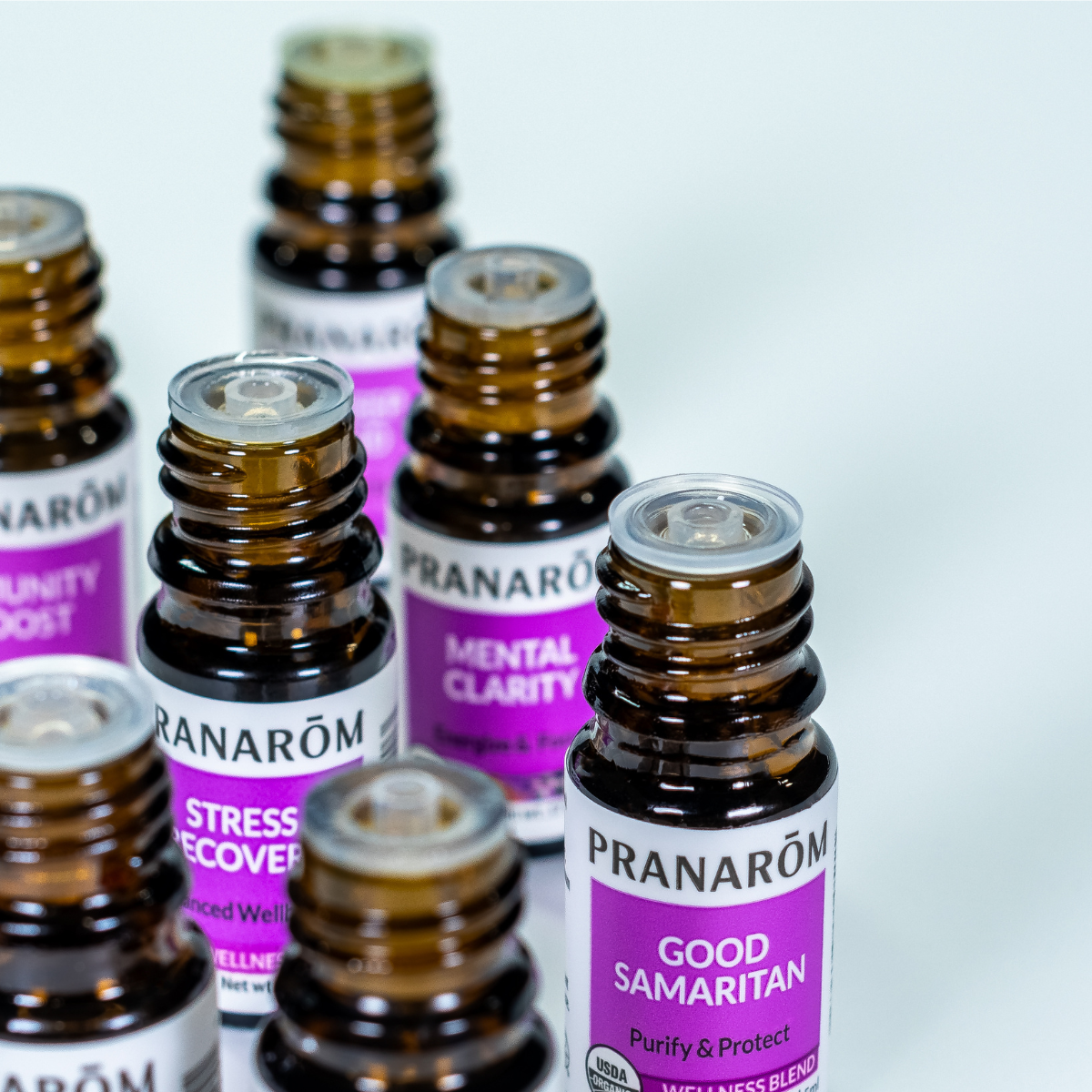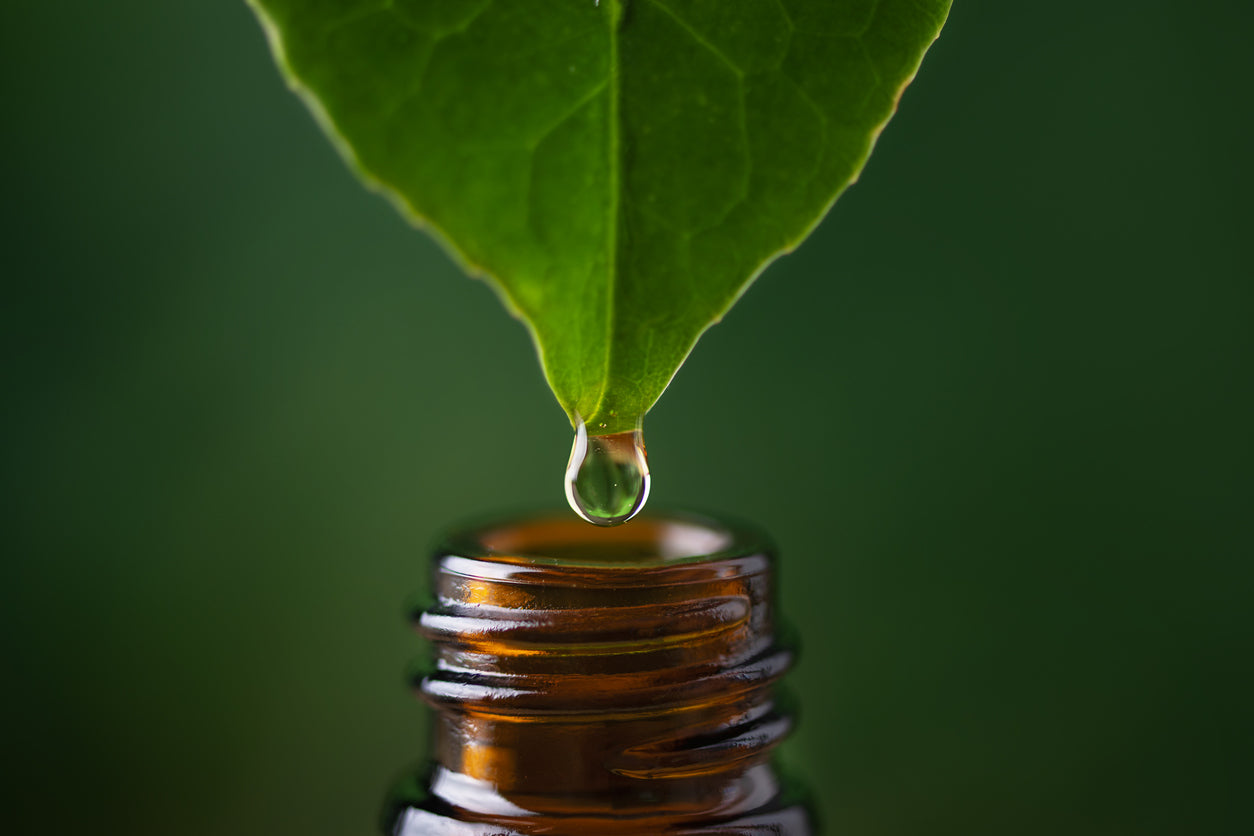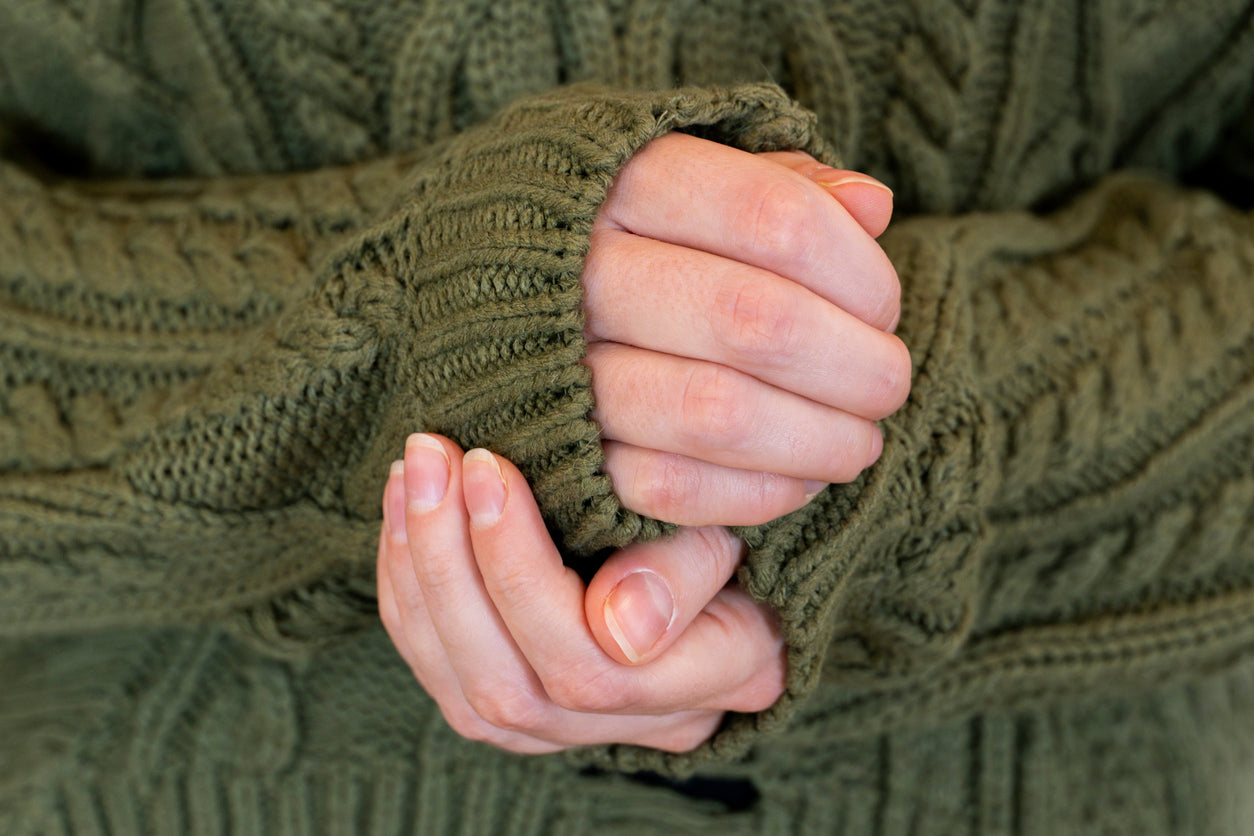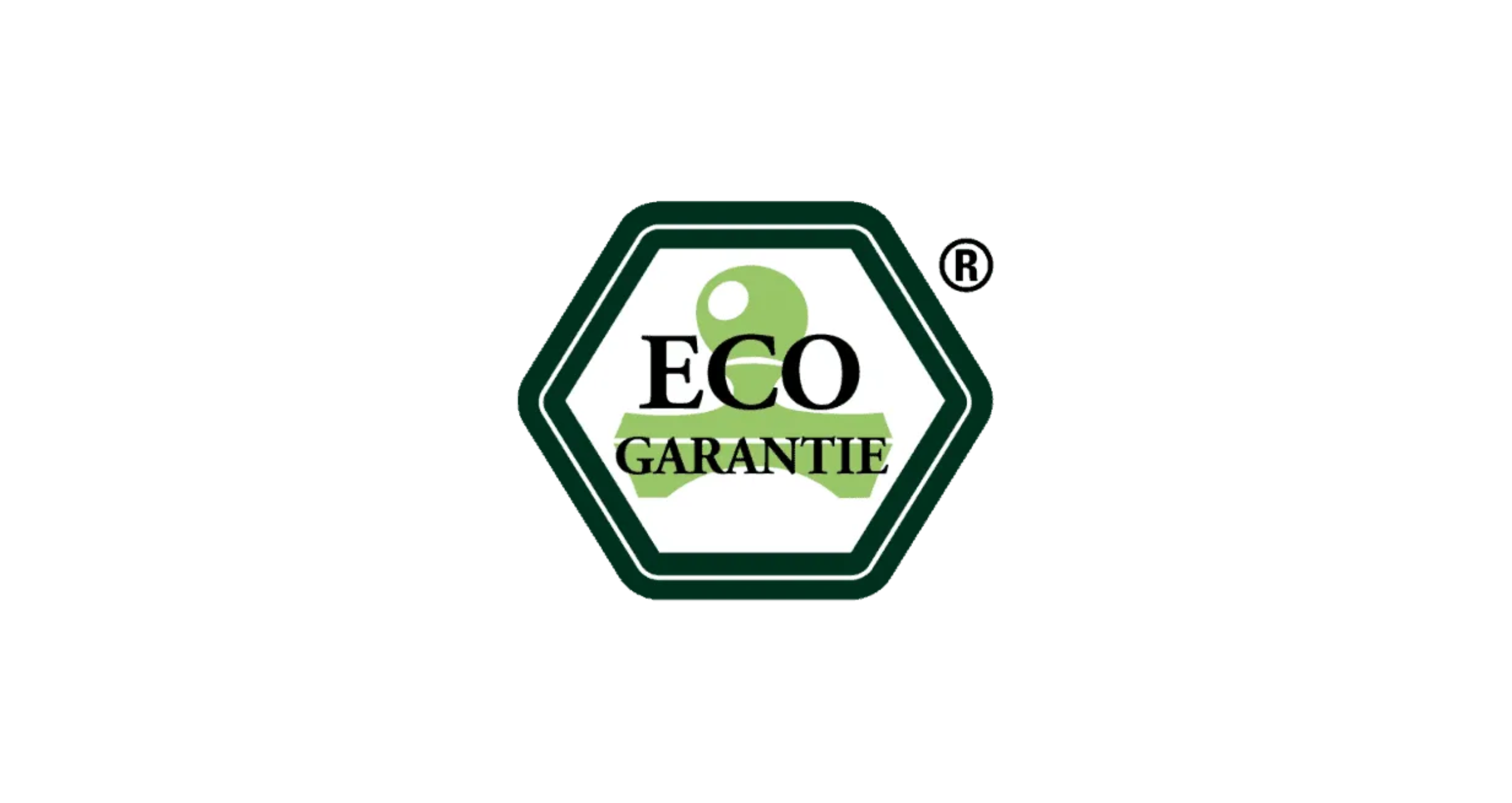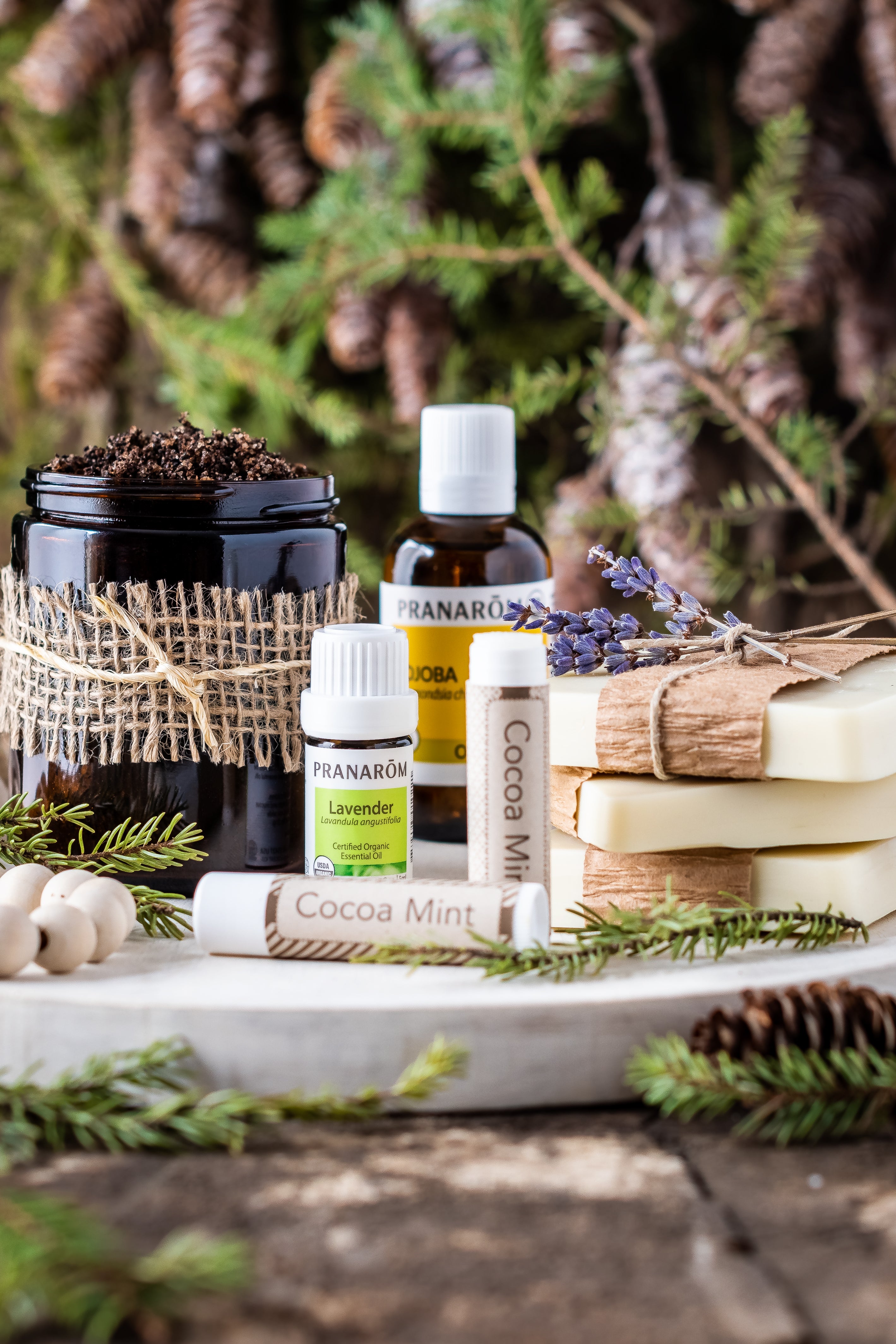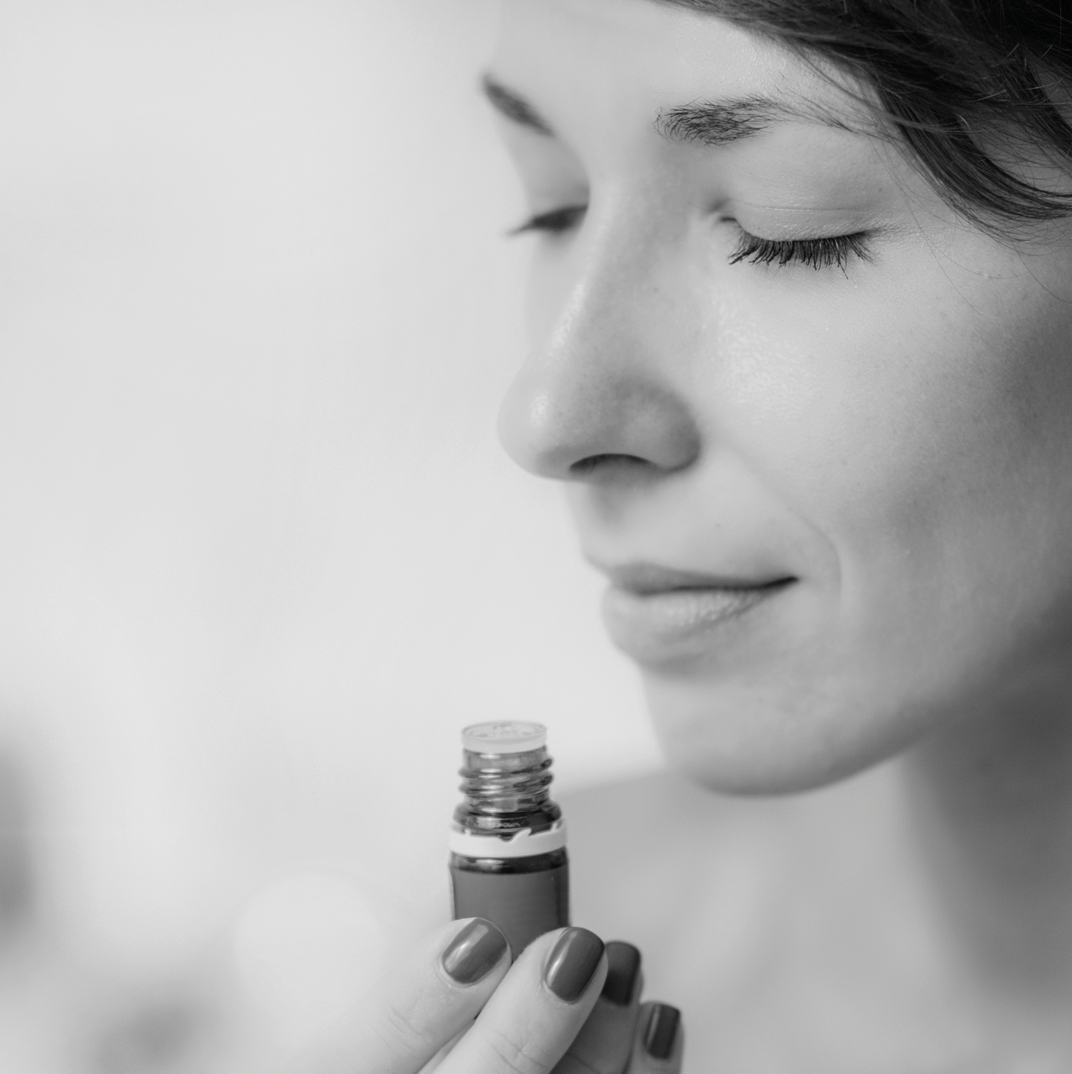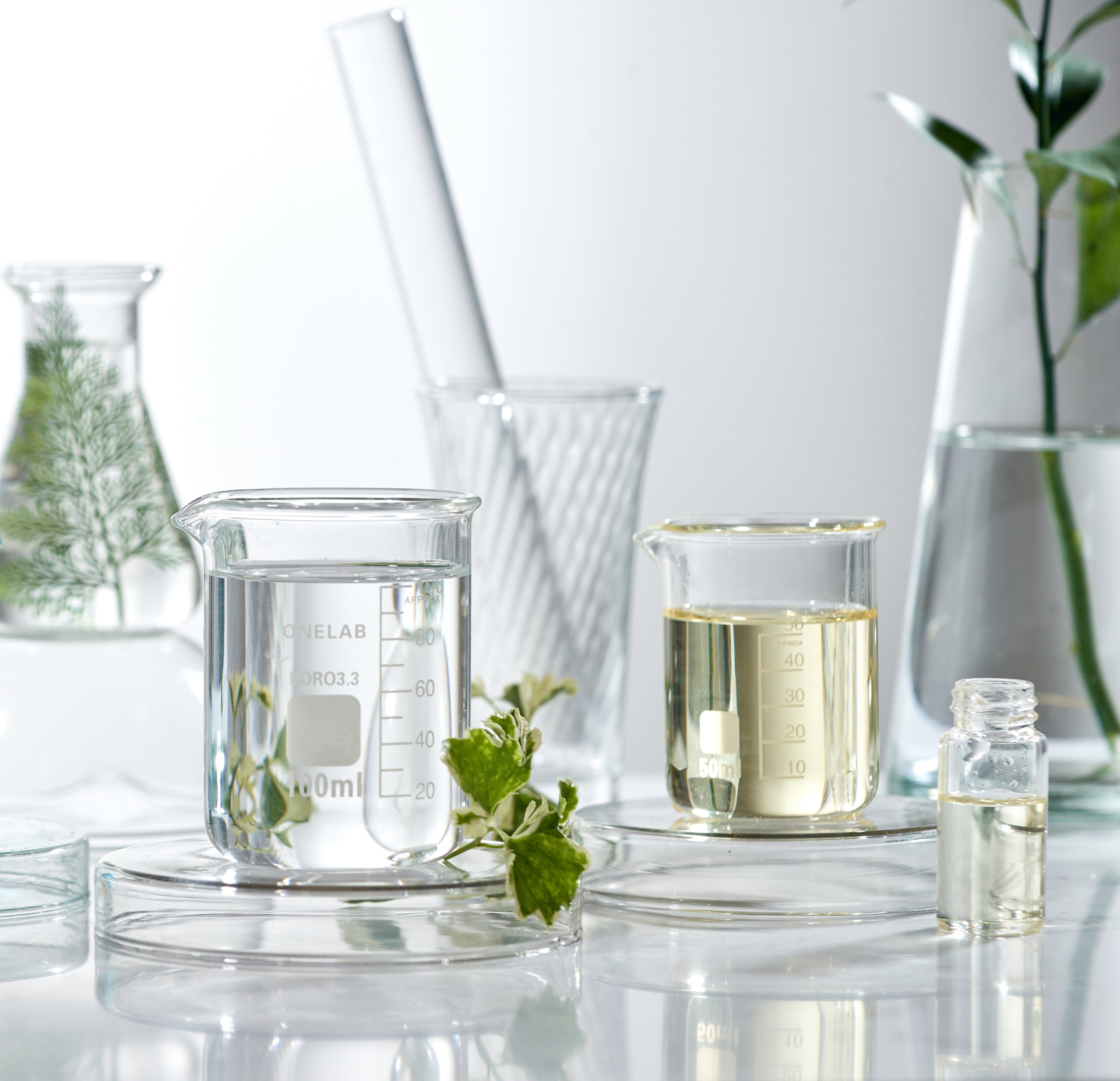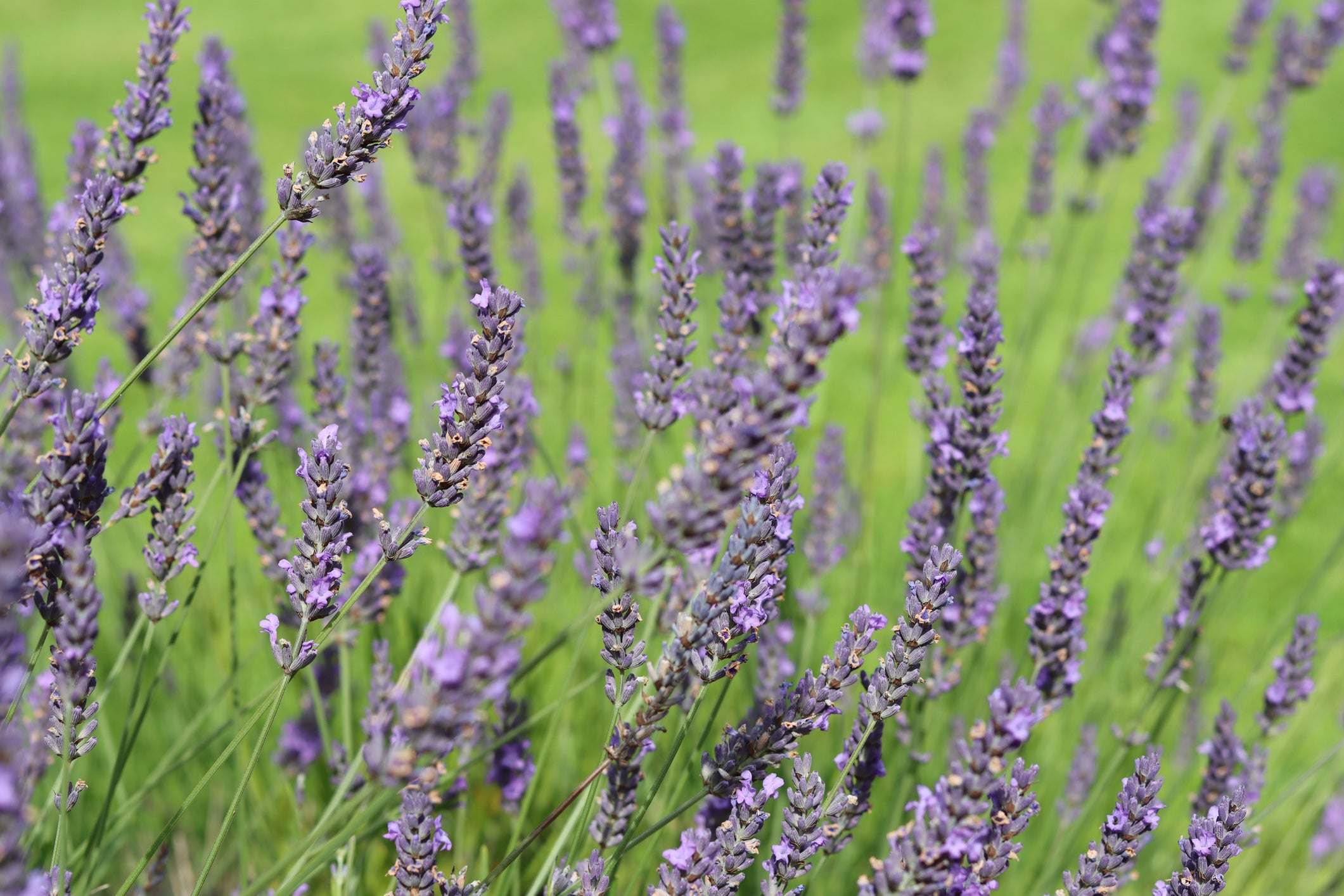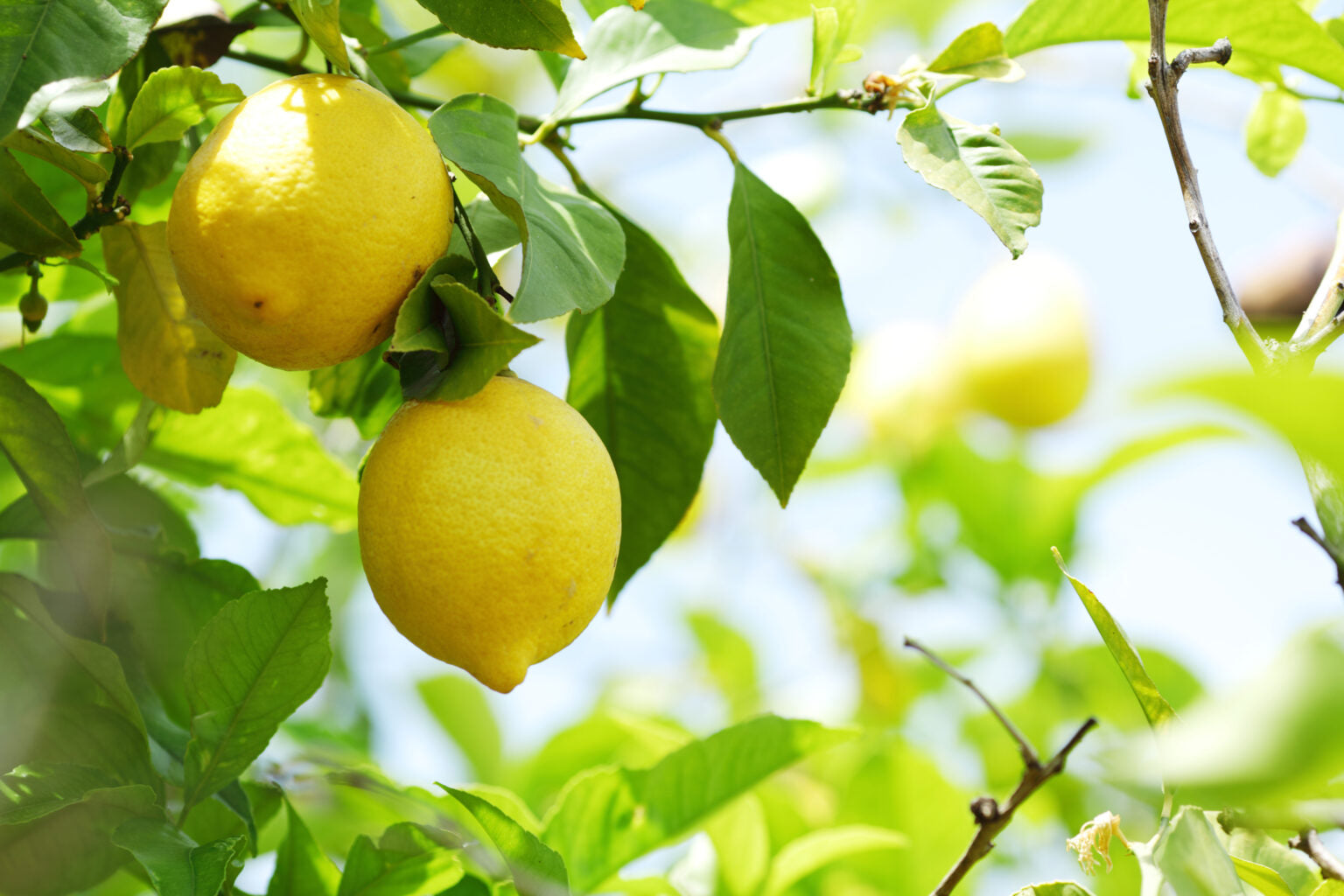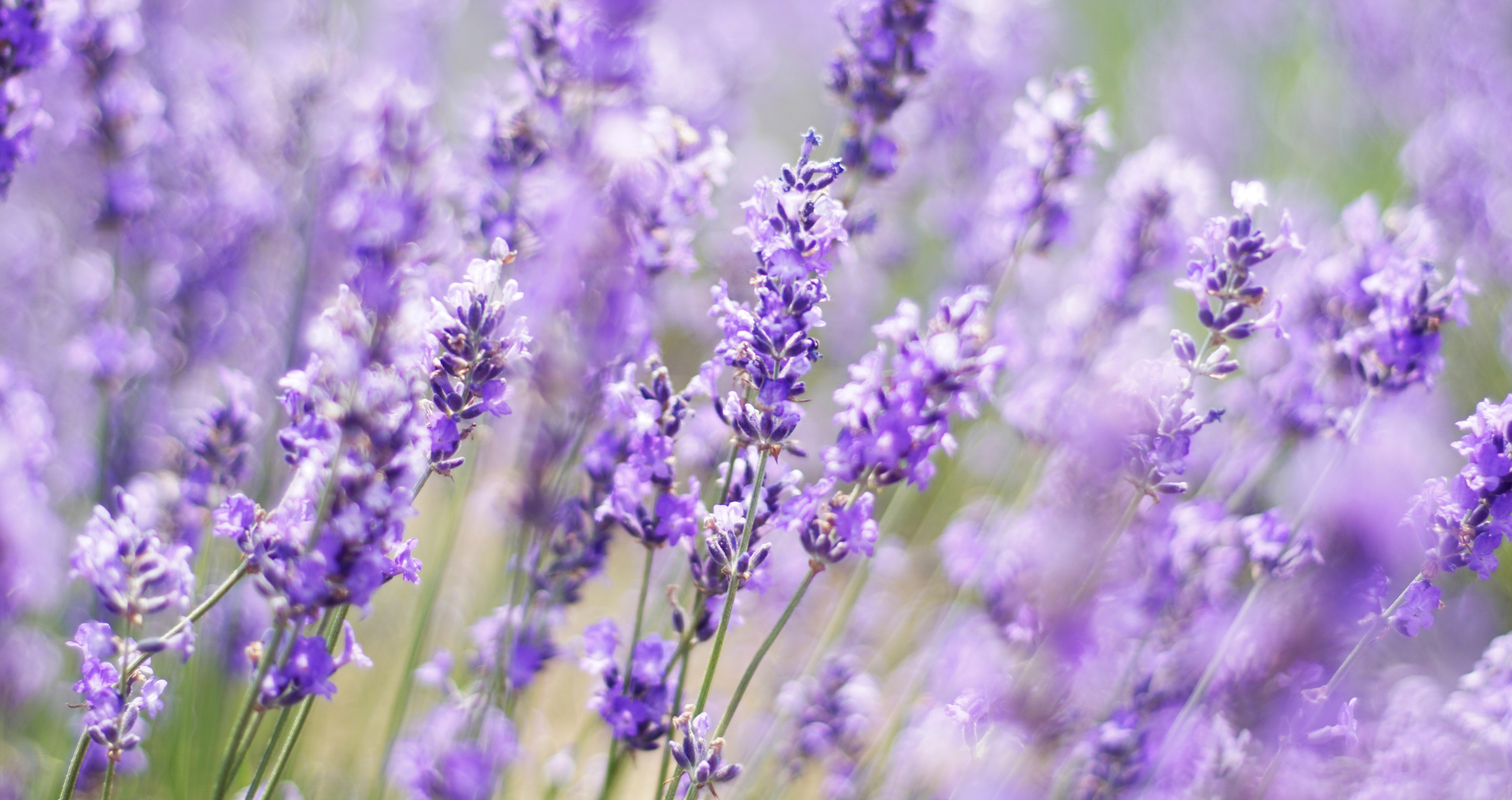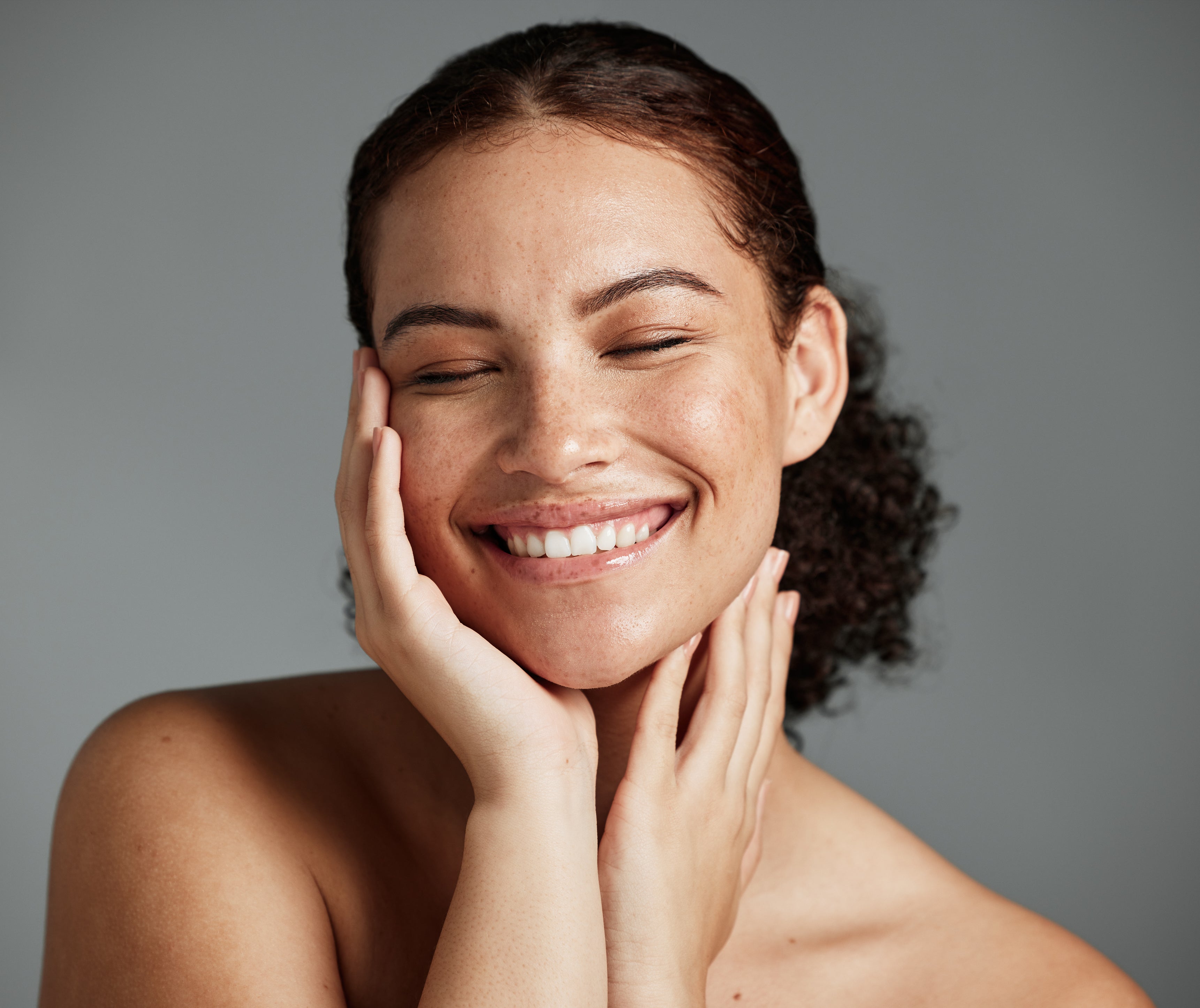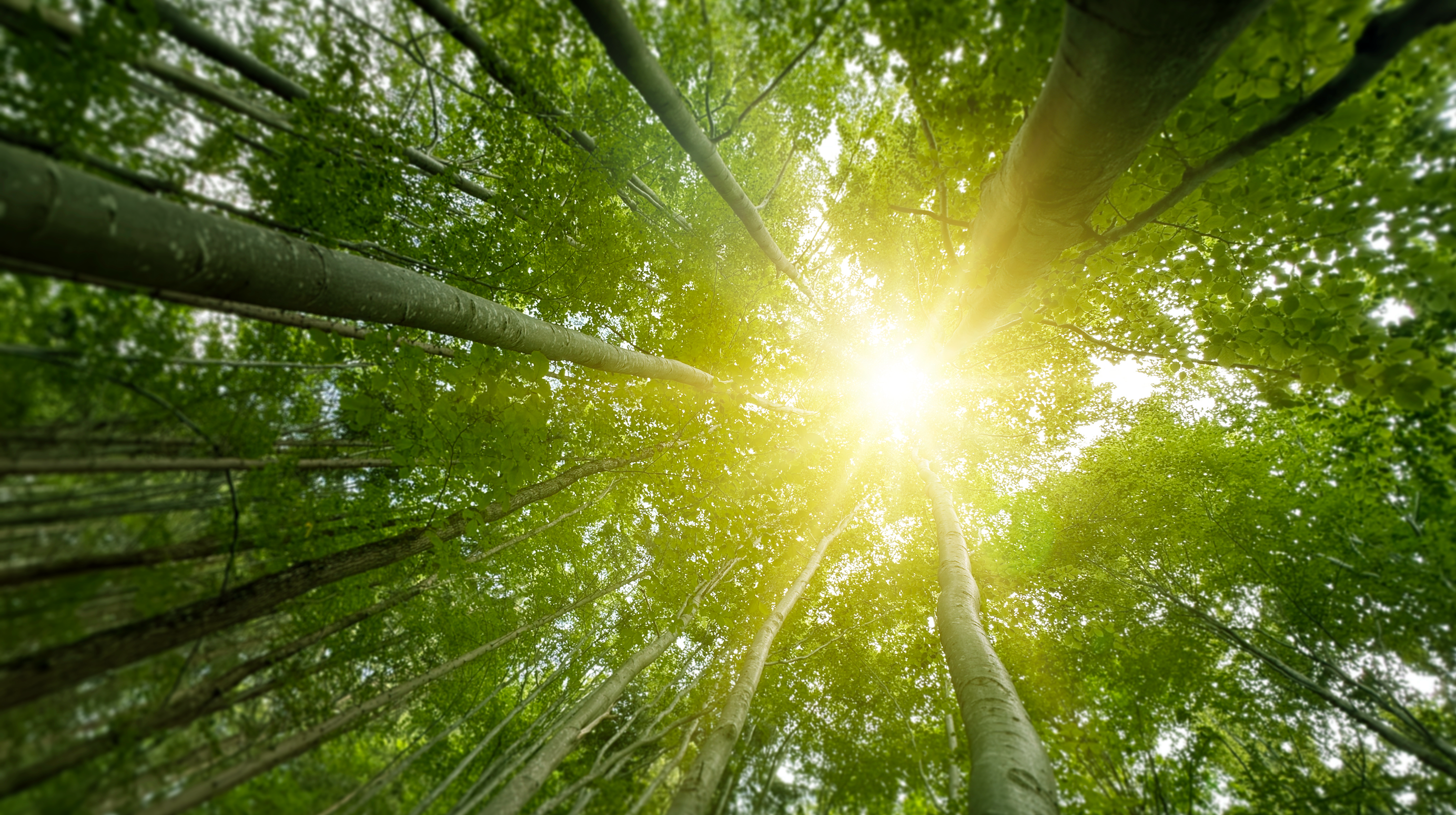I’m not sure how to review-yet. I waited a long time for this oil to become available. It is…strong, earthy? of nose. I think I need to add it to a base & perhaps add a touch of something else to soften the smell.
Glow is my favorite. It absorbs well, smells divine & it seems to me the oil stays fresh due to the essential oils. I keep it away from warmth, but still seems fresh after months. Highly highly recommend.

